
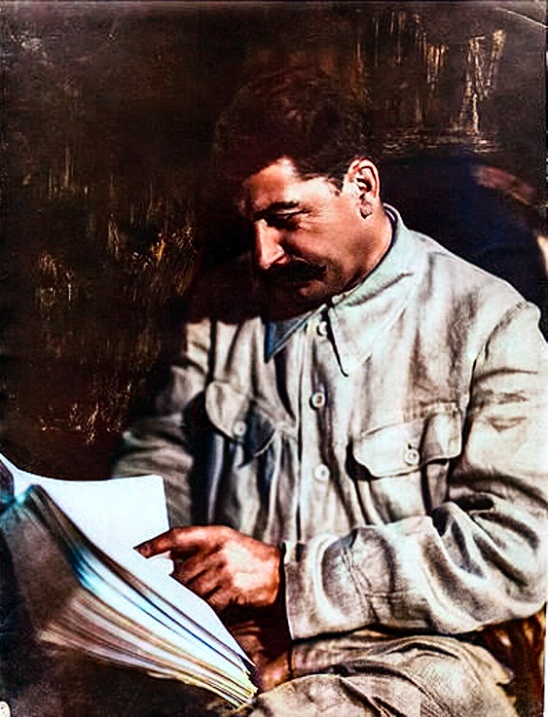
Oh wild the sheriff that responded to the Idaho shooter was a former LA pig that got specialized federal training for counter-terrorism and has multiple security clearances and connections to every u.s intelligence agency and had also been trained by mossad and shin bet.
Shooter’s step-dad may have also had connections to the war industry via ammunition manufacturer “The Kinetic Group” formerly connected to “Vista Outdoor”
Folks this stuff is screaming bungled conspiracy to me. The cops destroyed the evidence scene, pushed the perp’s car off a cliff or some shit to make it hard to immediately investigate it too in the name of “preventing the perp from possibly fleeing” and how first-hand witnesses described the gunfight as the cops taking fire from multiple directions and how there was circumstantial evidence of spent/unspent ammo scattered around suggests a small possibility that this was a multiple perp operation instead of a single perp operation.
With not much info on the shooter still being known beyond the fact he liked firefighters, this whole event is still shrouded in Conspiracy Wrapped in a Mystery Inside of an Enigma.
Edit: just found out that the shooter was a nazi gunfucker who’s remembered by his classmates as being a nazi gunfucker who wanted to go to college to join ROTC and be a murdering boot like his real dad (who was a FUCKING CAV SCOUT WITH THEIR DUMB FUCKING HATS AND SPURS! folks anyone that’s a part of the fucking Cav scouts with their shitty lamp gear is fucking sus)
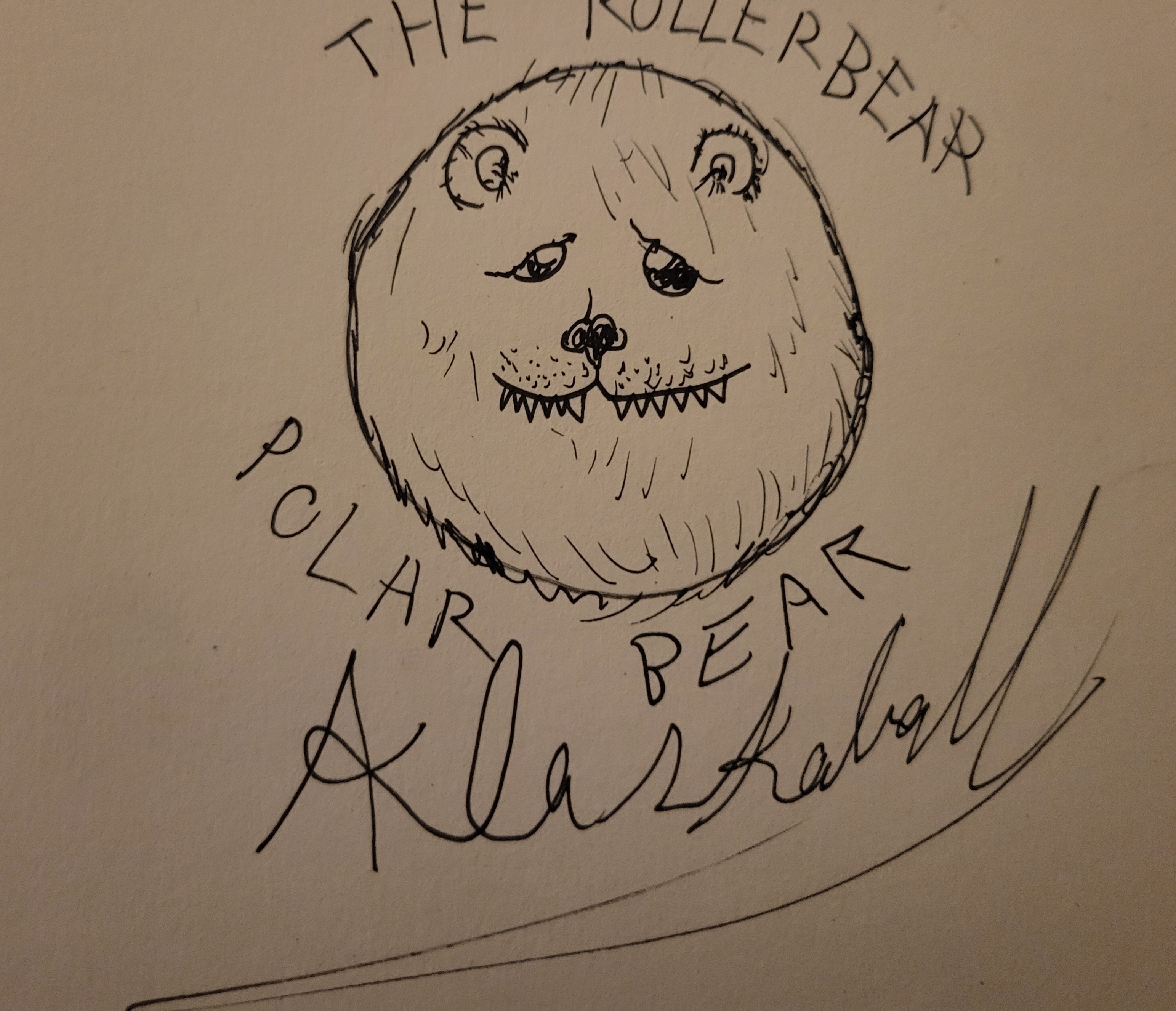
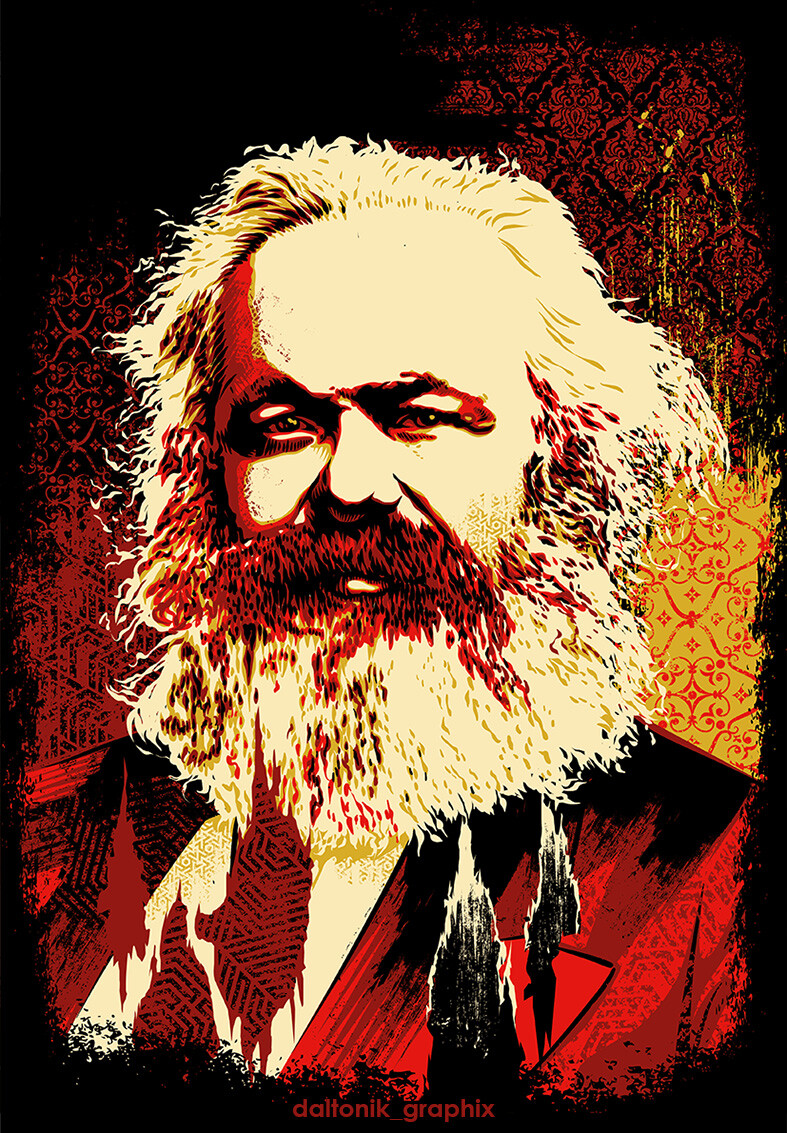



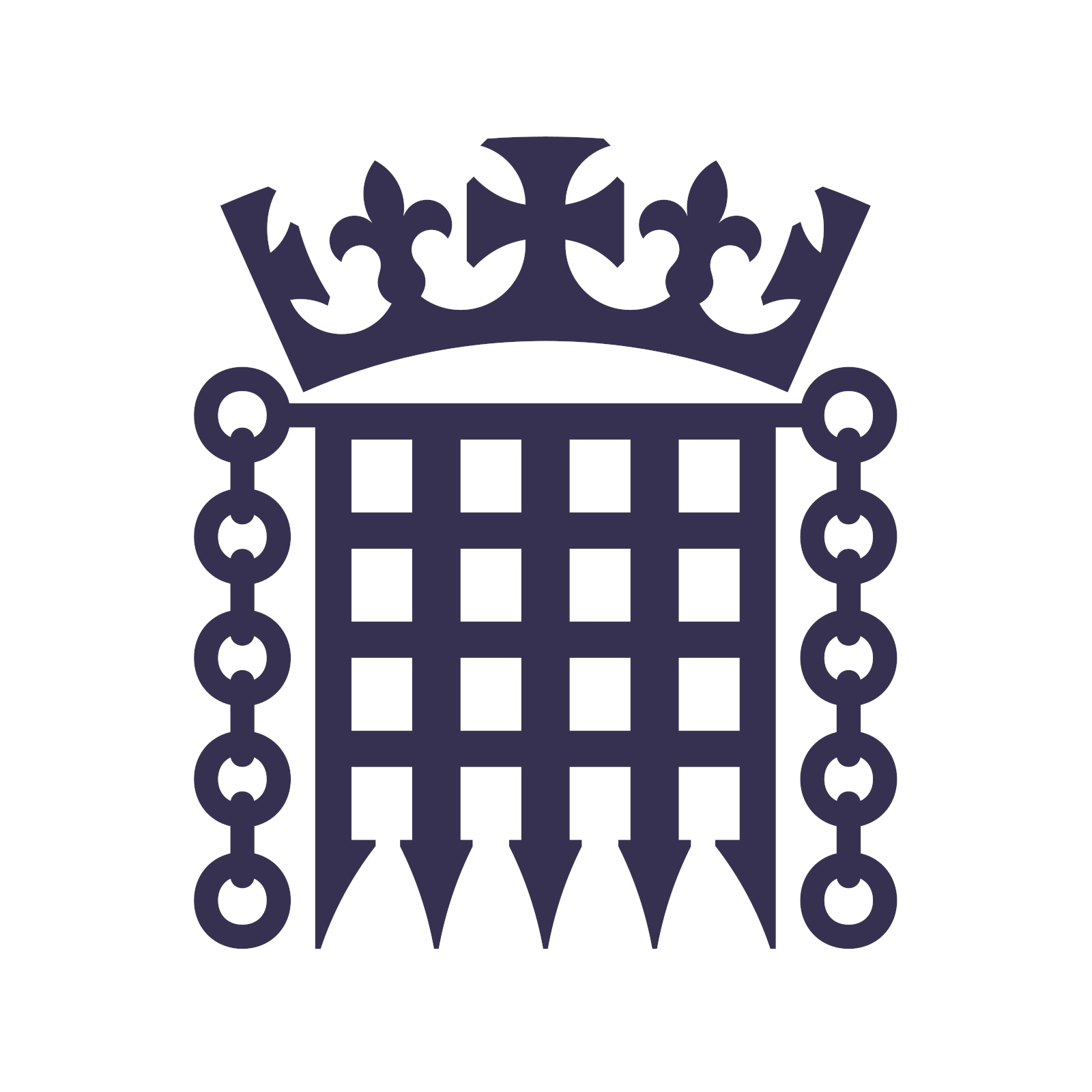



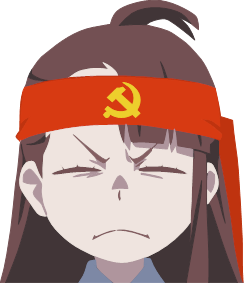


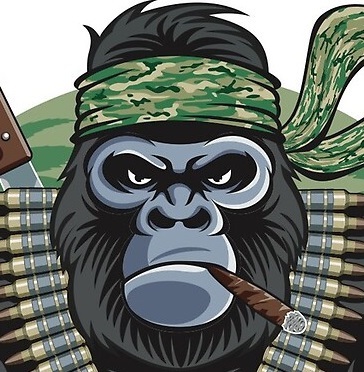


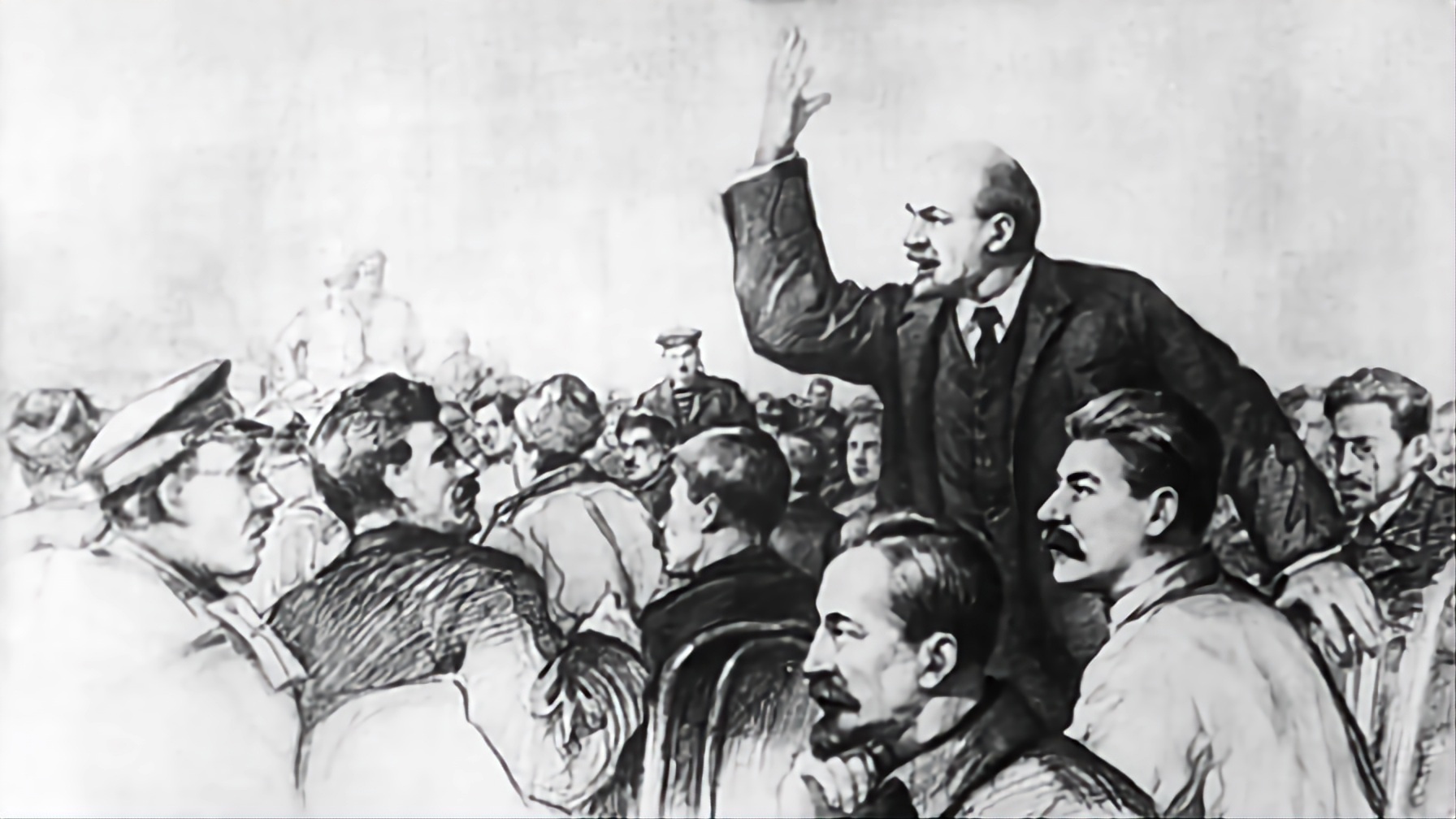

Socialism is when capitalists get richer